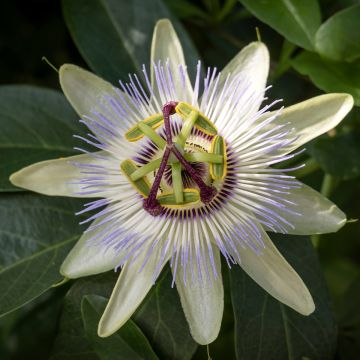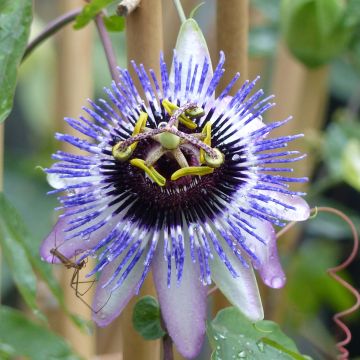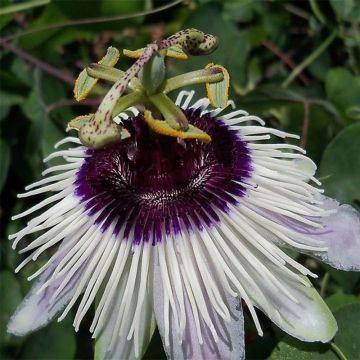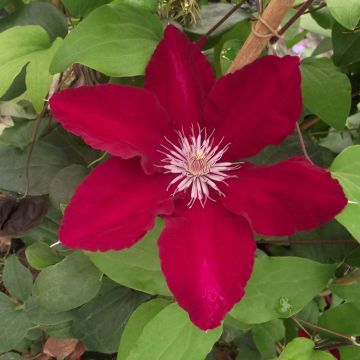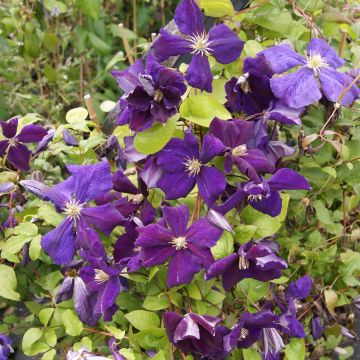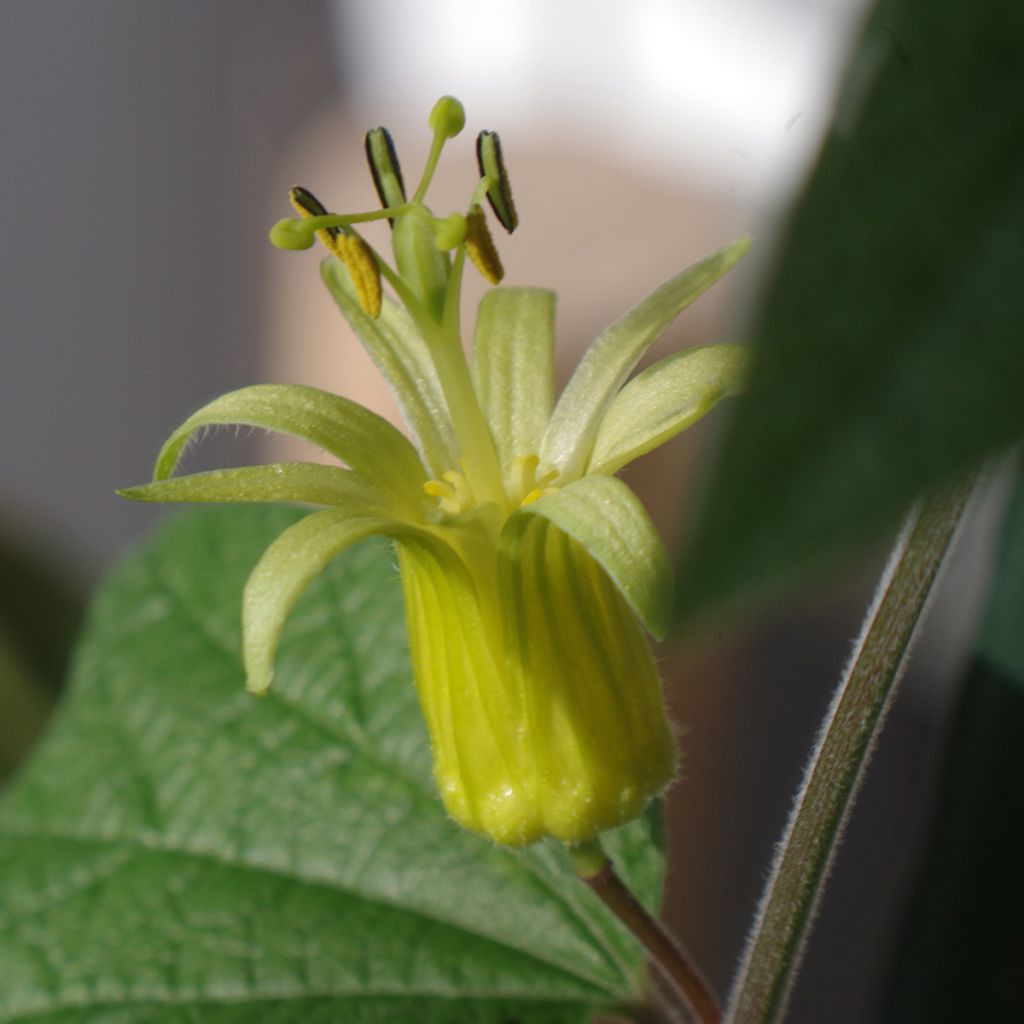

Passiflora citrina


Passiflora citrina
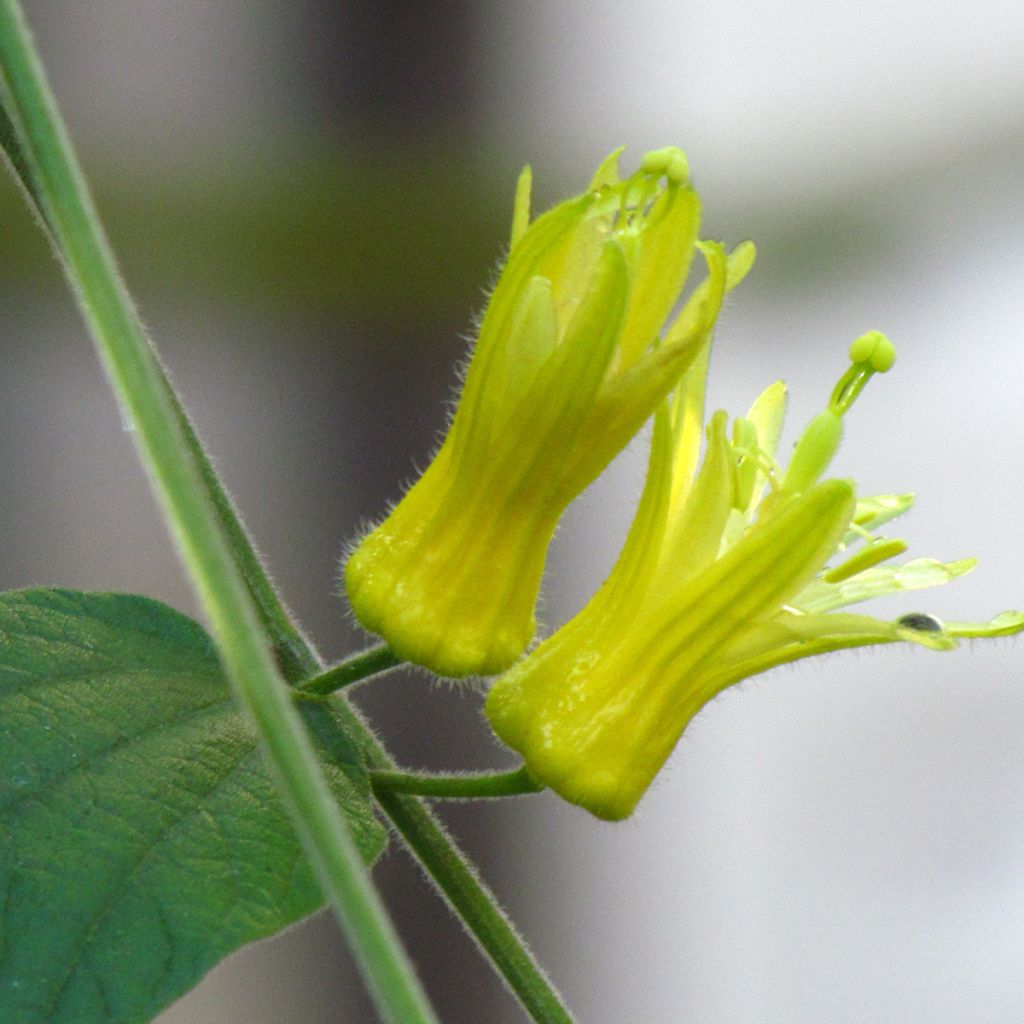

Passiflora citrina
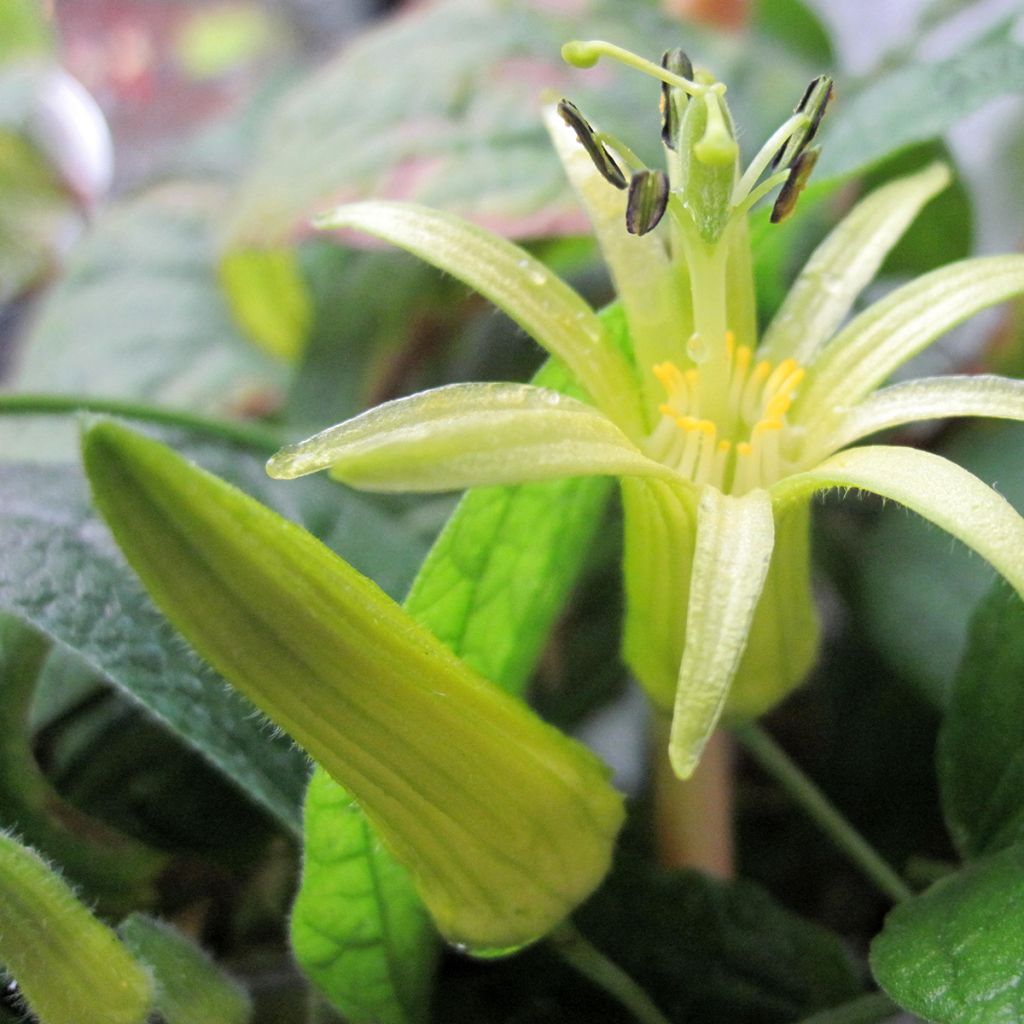

Passiflora citrina
Passiflora citrina
Passiflora citrina
Citrine Passionflower, Lemon Yellow Passionflower
This item cannot be shipped to the selected country
Delivery charge from €5.90
Delivery charge from €5.90
More information
Schedule delivery date,
and select date in basket
This plant carries a 6 months recovery warranty
More information
We guarantee the quality of our plants for a full growing cycle, and will replace at our expense any plant that fails to recover under normal climatic and planting conditions.
From €5.90 for pickup delivery and €6.90 for home delivery
Express home delivery from €8.90.
From €5.90 for pickup delivery and €6.90 for home delivery
Express home delivery from €8.90.
Does this plant fit my garden?
Set up your Plantfit profile →
Description
The Passiflora citrina, also known as the citrine passionflower, is a botanical passion flower native to the forests of Central America. It is a vigorous climbing plant, particularly floriferous, with a tropical appearance and temperament. It is appreciated for its real ease of cultivation, its lush evergreen foliage, but above all for the duration and abundance of its flowering. Its modest-sized flowers are unique in their lemon yellow colour and tubular corolla that opens into a star shape. This passionflower can be grown in pots in most climates, which allows it to be overwintered in a temperate conservatory or a bright room. Growing it in the ground is only possible in the mildest regions.
Mostly originating from tropical areas of South America, passionflowers belong to the large family of passifloraceae, which includes 400 species and numerous spontaneous or horticultural hybrids. The Passiflora citrina grows naturally in the humid pine forests of the mountains of Honduras and eastern Guatemala. It thrives in slightly acidic, humus-rich soils that do not dry out in summer. It has low frost resistance, with the stump perishing below -2°C (28.4°F).
The Citrine Passionflower develops voluble stems that cling to a support using tendrils, reaching an average height of 3 to 4 metres (10 to 13 feet). The entire plant is slightly villous. Its long stems are adorned with large leaves of a fairly deep green colour, slightly glossy, strongly veined, theoretically evergreen in winter (excluding frost). Their palmate shape is unique, with the lamina having 2 to 5 lobes. The plant flowers as soon as the temperature exceeds 15°C (59°F), so it is capable of flowering all year round. Generally, in our climates, the flowers are produced continuously from May to October. The flowers are a light and vivid yellow, measuring about 4 cm (2in) in length and 2 cm (1in) in diameter. Each flower has a tubular base that ends with 10 slender and pointed tepals and petals, slightly curved. The center of the flower is occupied by a column with 4 stamens around a pistil bearing 3 stigmas. In nature, pollination is carried out by hummingbirds.
This Citrine Passionflower is not a fussy plant, its cultivation is within the reach of even beginner gardeners, and it performs very well indoors. It grows easily in good slightly acidic potting soil, kept slightly moist, and blooms generously in the sun in a sheltered location. Pruning, at the end of flowering, consists of reducing the branches to maintain a beautiful habit. It can be trained on various supports such as trellises, obelisks, stakes, or trellis panels. In regions unaffected by frost, it can be trained to climb on a pole, pergola, arch, or fence. To accompany it, choose, for example, a Sollya 'Ultra Blue' or a Solanum jasminoides 'Bleu'.
Report an error about the product description
Passiflora citrina in pictures


Plant habit
Flowering
Foliage
Botanical data
Passiflora
citrina
Passifloraceae
Citrine Passionflower, Lemon Yellow Passionflower
Central America
Other Passionflowers
Planting and care
The citrine passionflower is a plant that loves warmth, it should be protected from cold and drying winds. It is planted in a soil rich in humus, slightly acidic to neutral (pH 6 to 7), which remains slightly moist in summer. In southern regions, it will appreciate some shade in the afternoon. Further north, a very sunny exposure will be preferable. Tender, it can only be grown in open ground in regions spared from frost. The stump is destroyed at -2 °C.
Fortunately, this species can be easily grown in a pot, which allows it to be overwintered in a temperate veranda or in a bright room that is not too heated. Plant it in a good horticultural soil based on decomposed pine bark or and coconut fibres, remaining fresh in summer, not too wet in winter. Avoid repeated watering with hard water, as this causes its leaves to turn yellow. Provide it with a complete fertiliser for flowering plants in spring and summer. Place it on an upright structure to support the weight of vegetation. Direct its branches well on the support, as the vegetation is exuberant. Pruning before wintering is recommended to maintain a reasonable size. Do not hesitate to cut back the main branches to facilitate growth. In early spring, remove dead branches near the stump. Beware of scale insects and whiteflies in greenhouses.
Planting period
Intended location
Care
This item has not been reviewed yet - be the first to leave a review about it.
Summer flowering climbers
Haven't found what you were looking for?
Hardiness is the lowest winter temperature a plant can endure without suffering serious damage or even dying. However, hardiness is affected by location (a sheltered area, such as a patio), protection (winter cover) and soil type (hardiness is improved by well-drained soil).

Photo Sharing Terms & Conditions
In order to encourage gardeners to interact and share their experiences, Promesse de fleurs offers various media enabling content to be uploaded onto its Site - in particular via the ‘Photo sharing’ module.
The User agrees to refrain from:
- Posting any content that is illegal, prejudicial, insulting, racist, inciteful to hatred, revisionist, contrary to public decency, that infringes on privacy or on the privacy rights of third parties, in particular the publicity rights of persons and goods, intellectual property rights, or the right to privacy.
- Submitting content on behalf of a third party;
- Impersonate the identity of a third party and/or publish any personal information about a third party;
In general, the User undertakes to refrain from any unethical behaviour.
All Content (in particular text, comments, files, images, photos, videos, creative works, etc.), which may be subject to property or intellectual property rights, image or other private rights, shall remain the property of the User, subject to the limited rights granted by the terms of the licence granted by Promesse de fleurs as stated below. Users are at liberty to publish or not to publish such Content on the Site, notably via the ‘Photo Sharing’ facility, and accept that this Content shall be made public and freely accessible, notably on the Internet.
Users further acknowledge, undertake to have ,and guarantee that they hold all necessary rights and permissions to publish such material on the Site, in particular with regard to the legislation in force pertaining to any privacy, property, intellectual property, image, or contractual rights, or rights of any other nature. By publishing such Content on the Site, Users acknowledge accepting full liability as publishers of the Content within the meaning of the law, and grant Promesse de fleurs, free of charge, an inclusive, worldwide licence for the said Content for the entire duration of its publication, including all reproduction, representation, up/downloading, displaying, performing, transmission, and storage rights.
Users also grant permission for their name to be linked to the Content and accept that this link may not always be made available.
By engaging in posting material, Users consent to their Content becoming automatically accessible on the Internet, in particular on other sites and/or blogs and/or web pages of the Promesse de fleurs site, including in particular social pages and the Promesse de fleurs catalogue.
Users may secure the removal of entrusted content free of charge by issuing a simple request via our contact form.
The flowering period indicated on our website applies to countries and regions located in USDA zone 8 (France, the United Kingdom, Ireland, the Netherlands, etc.)
It will vary according to where you live:
- In zones 9 to 10 (Italy, Spain, Greece, etc.), flowering will occur about 2 to 4 weeks earlier.
- In zones 6 to 7 (Germany, Poland, Slovenia, and lower mountainous regions), flowering will be delayed by 2 to 3 weeks.
- In zone 5 (Central Europe, Scandinavia), blooming will be delayed by 3 to 5 weeks.
In temperate climates, pruning of spring-flowering shrubs (forsythia, spireas, etc.) should be done just after flowering.
Pruning of summer-flowering shrubs (Indian Lilac, Perovskia, etc.) can be done in winter or spring.
In cold regions as well as with frost-sensitive plants, avoid pruning too early when severe frosts may still occur.
The planting period indicated on our website applies to countries and regions located in USDA zone 8 (France, United Kingdom, Ireland, Netherlands).
It will vary according to where you live:
- In Mediterranean zones (Marseille, Madrid, Milan, etc.), autumn and winter are the best planting periods.
- In continental zones (Strasbourg, Munich, Vienna, etc.), delay planting by 2 to 3 weeks in spring and bring it forward by 2 to 4 weeks in autumn.
- In mountainous regions (the Alps, Pyrenees, Carpathians, etc.), it is best to plant in late spring (May-June) or late summer (August-September).
The harvesting period indicated on our website applies to countries and regions in USDA zone 8 (France, England, Ireland, the Netherlands).
In colder areas (Scandinavia, Poland, Austria...) fruit and vegetable harvests are likely to be delayed by 3-4 weeks.
In warmer areas (Italy, Spain, Greece, etc.), harvesting will probably take place earlier, depending on weather conditions.
The sowing periods indicated on our website apply to countries and regions within USDA Zone 8 (France, UK, Ireland, Netherlands).
In colder areas (Scandinavia, Poland, Austria...), delay any outdoor sowing by 3-4 weeks, or sow under glass.
In warmer climes (Italy, Spain, Greece, etc.), bring outdoor sowing forward by a few weeks.



































